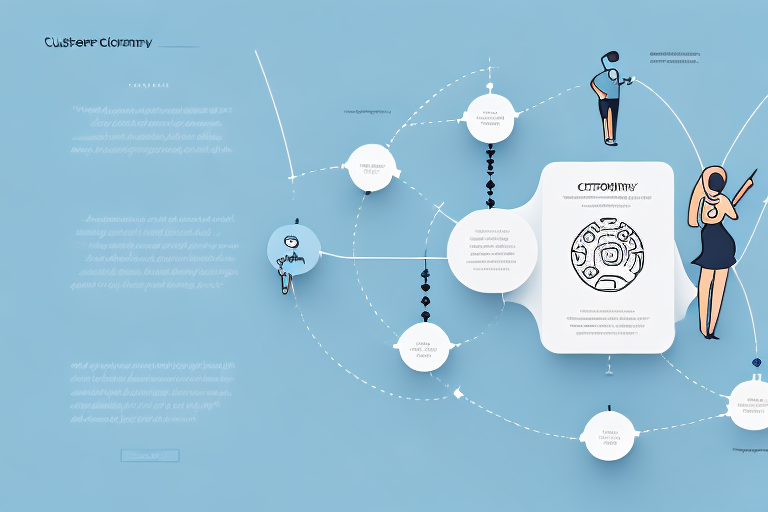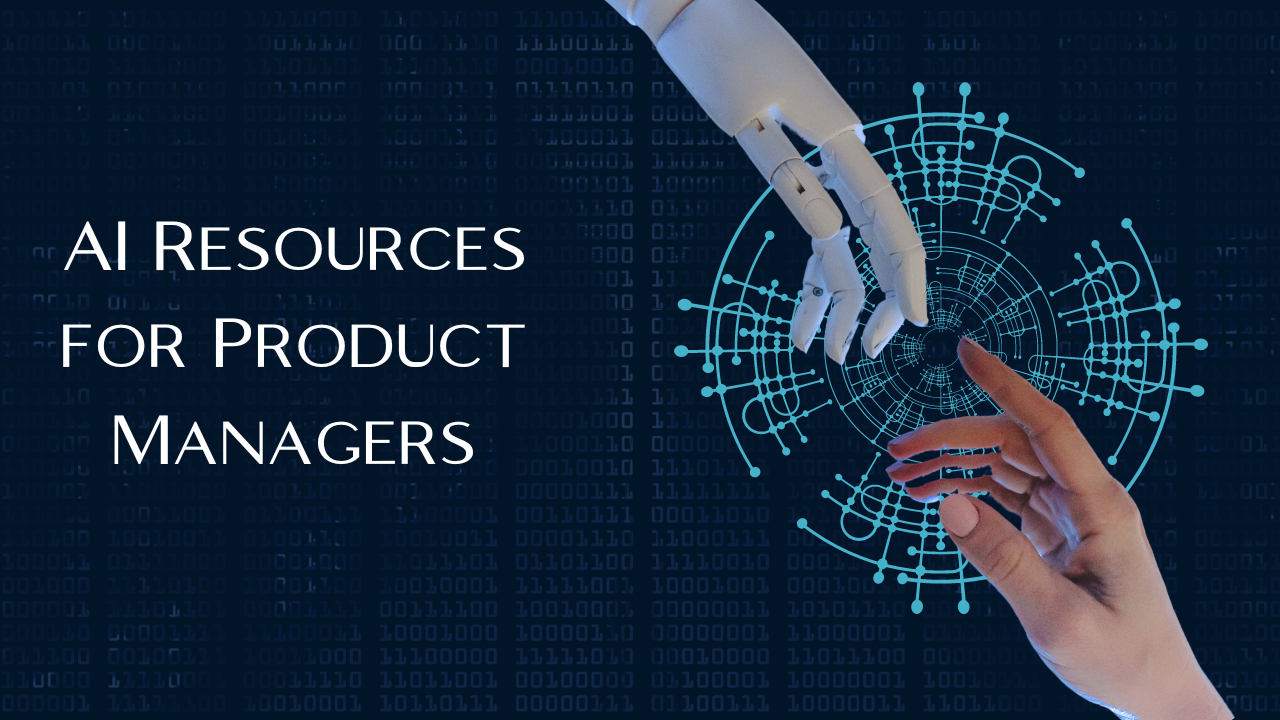Evolution of Customer Validation: How it's Changed and What's Next

Customer validation has long been an important component of the product development process. Initially, it was a manual process consisting of surveys and focus groups, in which participants gave feedback on a product or service. Over the years, this process has evolved significantly, adapting to changing customer needs and technology advances. In this article, we'll examine how customer validation has changed and what the future holds for this key component of the product development process.
A Brief History of Customer Validation
Customer validation has been used since the dawn of commercial goods. The earliest customer validation processes revolved around face-to-face feedback from customers. Merchants used customer feedback to refine and improve their goods. As the Industrial Revolution swept through Europe and North America, customer validation became more formalized. Brands started employing in-house customer feedback teams to survey customers about their experiences and opinions. This allowed brands to quickly adjust their products and marketing in order to meet customer preferences.
In the modern era, customer validation has become even more sophisticated. Companies now use a variety of methods to collect customer feedback, including online surveys, focus groups, and customer interviews. This data is then analyzed to identify customer needs and preferences, allowing companies to make informed decisions about their products and services.

Become a Product Manager
Learn from top industry experts, get access to 1 year placement support and transition into product management at India's top tech companies.
The Shift to Digital Customer Validation
As the internet revolutionized communication and commerce, customer validation was not immune to the changes. Digital customer validation began with online surveys and customer feedback tools. This allowed brands to collect customer feedback faster and more accurately than ever before. The digital revolution also spurred the development of new customer validation techniques, such as user testing, A/B testing, and analytics. These digital methods allowed brands to collect data on customer preferences, opinions, and behaviors on a larger scale than was possible before.
The shift to digital customer validation has enabled brands to gain a better understanding of their customers and their needs. By collecting data from a variety of sources, brands can gain insights into customer behavior and preferences that can be used to improve their products and services. Additionally, digital customer validation can help brands identify potential areas of improvement and develop strategies to address them. Ultimately, digital customer validation can help brands create better customer experiences and build stronger relationships with their customers.
The Impact of Artificial Intelligence on Customer Validation
Artificial intelligence (AI) has also had a major impact on customer validation. AI-powered customer feedback tools allow brands to quickly analyze customer data and uncover valuable insights. AI-powered customer feedback tools automate the process of gathering customer feedback, making it more efficient and cost-effective for brands. AI also enables brands to track customer behaviors in real time and make informed decisions about products and services.
AI-powered customer feedback tools can also help brands identify customer pain points and develop strategies to address them. By leveraging AI-powered customer feedback tools, brands can gain a better understanding of their customers and create more personalized experiences. Additionally, AI-powered customer feedback tools can help brands identify trends and patterns in customer behavior, allowing them to make more informed decisions about their products and services.
The Future of Customer Validation
The future of customer validation is difficult to predict, but it is likely to involve further integration of AI and analytics into the process. AI-powered tools will become increasingly sophisticated and enable brands to gain even deeper insights into customer preferences and behaviors. Additionally, customer validation will become more integrated into the product development process, allowing brands to quickly respond to customer feedback and ensure their products meet their customers’ needs.
In the future, customer validation will also become more automated, with AI-driven tools taking over many of the manual processes that are currently used. This will allow brands to save time and resources, while still ensuring that their products are meeting customer expectations. Additionally, customer validation will become more personalized, with brands using AI to tailor their products and services to individual customers.
How to Stay Ahead of the Customer Validation Curve
In order to stay ahead of the customer validation curve, it's important for brands to stay abreast of the latest trends and technologies. Keeping up with the latest innovations in AI and analytics is essential for staying ahead of the competition. Additionally, brands should focus on gathering customer feedback in an efficient manner, taking advantage of digital tools to quickly collect and analyze customer data. Finally, brands should use customer feedback to inform product development decisions and ensure their products meet customers’ needs.
Brands should also strive to create a customer-centric culture within their organization. This means that customer feedback should be taken seriously and used to inform decisions at all levels of the organization. Additionally, brands should strive to create a customer-centric experience, ensuring that customers feel valued and appreciated. By taking these steps, brands can stay ahead of the customer validation curve and ensure their products and services meet customer needs.

Become a Product Manager
Learn from top industry experts, get access to 1 year placement support and transition into product management at India's top tech companies.



